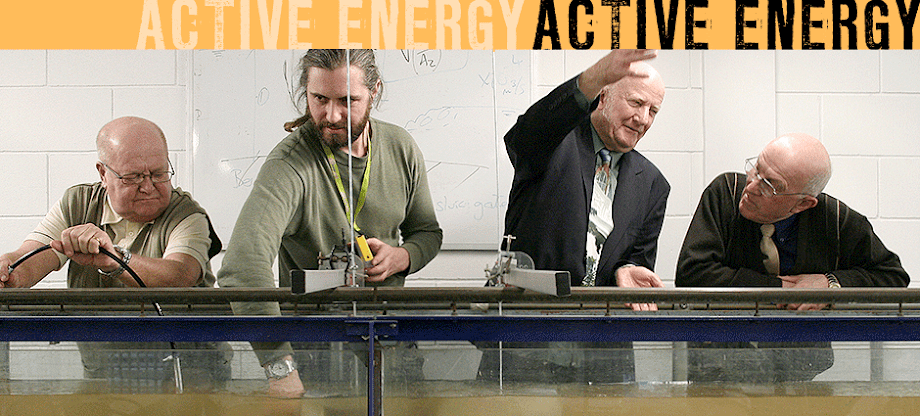Where did it
all begin? In 2007, Democratising
Technology (DemTech) set out to explore creative aspects of discussing
digital technology with groups being marginalised by it.
We invited five groups
of older people to represent those excluded from discussions of future tools
and help design some ways of involving them. Led by researchers in performance
and computer science at Queen Mary University of London (Pat Healey, Ann Light,
Gini Simpson and Lois Weaver), the goal was twofold:
1) to
discover a method for inspiring
people whose voices are ignored in discussions about technology to consider the
values they would like to see embedded in networked tools of the future; and
2) to provide a platform
for showcasing those views through the creation of artworks and an exhibition
(see fig 1). We used collaborative art practices throughout the 18-month
project as a means of achieving these goals. Indeed, the exhibition served to
show the results of two kinds of collaboration: it was a means to display
pieces created by artists and older people working together, and it allowed us
to assess the effectiveness of engagement between artists, researchers and the
groups of older people who had come together to work on promoting greater
digital inclusion.
One group who participated in DemTech was The Geezers. They
followed the general path of helping develop the workshops for use to engage
others and were then invited to stay on and work with Loraine Leeson to help
her produce a piece representing their experience for the exhibition. This
pairing led to the envisioning of GeezerPower:
an alternative energy source based on water turbines in London’s Thames.
Fig 1: An overview of DemTech activities
We based the work on a number of premises, including: that digital networks herald significant and hard-to-grasp changes in technology; that new pockets of marginalization will result from this; that older people represent a good cross section of society and yet a statistically marginalized group; that everyone has something to offer the design process; that overcoming exclusion is as much about values as skills; and that art methods provide a means of involving people that science or technology education cannot. When we set off with this aim, we were optimistic that people had opinions to share about future tools and could be supported in sharing them. What we didn’t know was that 5 years later, an idea born in discussions about future technologies and those that had been ‘lost’ during our participants’ lifetimes, linked to their concern about environmental challenges, would be the spur to actually innovate and make new technologies with an environmental theme.

